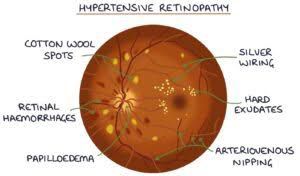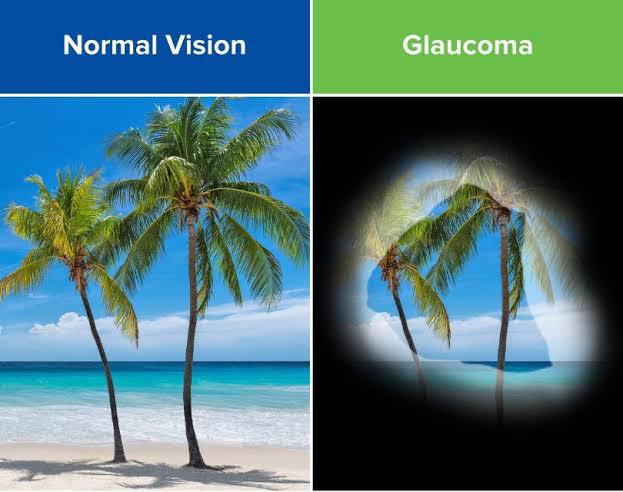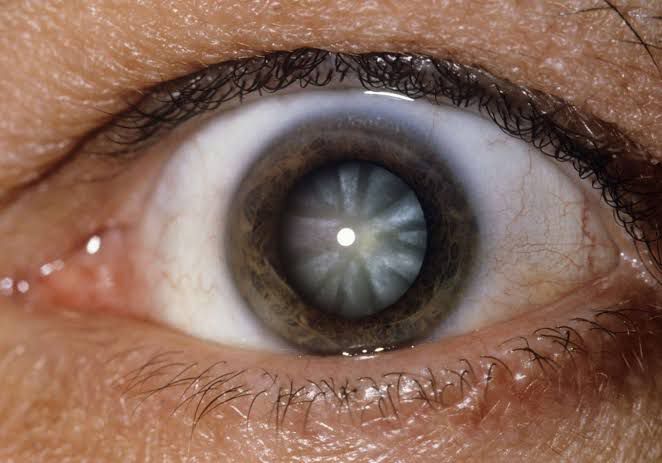Hypertensive retinopathy is the damage to the retina (the most light-sensitive part of the eye) and its blood circulation due to high blood pressure.
When blood pressure is too high, the retina’s blood vessel walls may thicken. This may cause the blood vessels to become narrow, which then restricts blood from reaching the retina. Over time, high and uncontrolled blood pressure (which is the main cause of hypertensive retinopathy) cause damage to the retina’s blood vessels, limit the retina’s function, and put pressure on the optic nerve, causing vision problems.
The prevalence rate of retinopathy in patients suffering from mild hypertension was 25.3%, moderate hypertension was 34.5% and severe hypertension 84.6%.
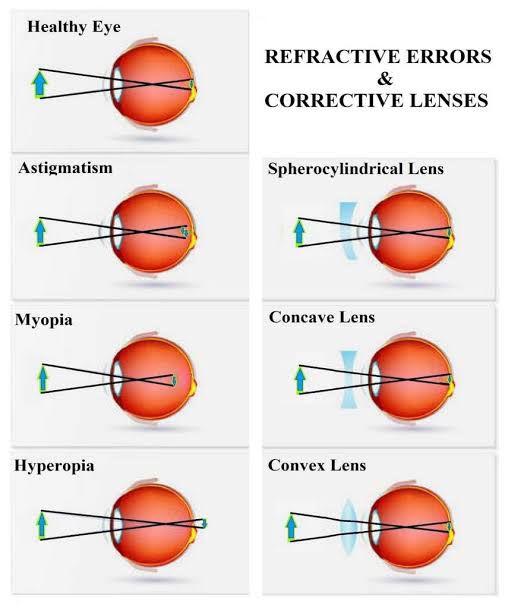
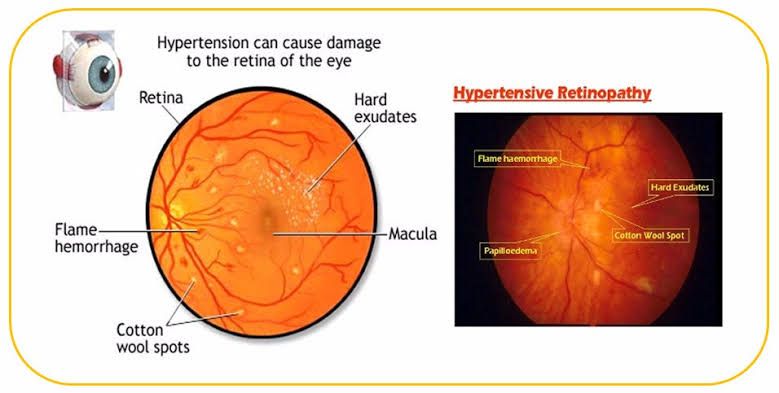
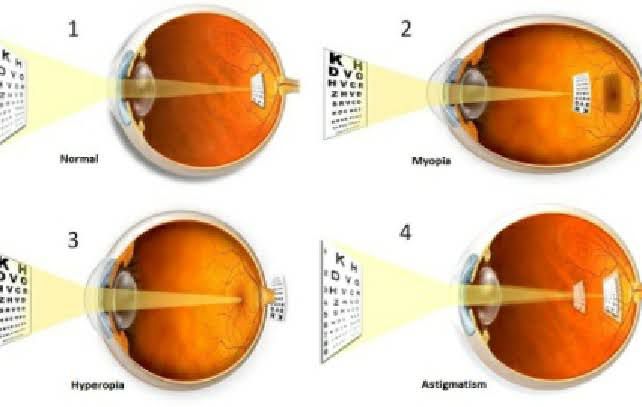
Hypertensive retinopathy usually has no marked symptoms, but patients often experience decreased vision. The disease is best diagnosed by an eyecare professional after a dilated eye examination.
It is expected that people with hypertension have routine eye examinations.
The treatment for hypertensive retinopathy is primarily focused upon reducing blood pressure. A thorough history is vital for the proper and timely treatment of hypertensive retinopathy to prevent vision-threatening complications.
In most patients, hypertensive retinopathy does not cause significant vision loss as long as the hypertension is under control. However, if the blood pressure remains untreated, it can lead to vision loss within a short period of time. The cause of the vision loss is either due to changes in the retina or the optic nerve. These changes are usually irreversible.


